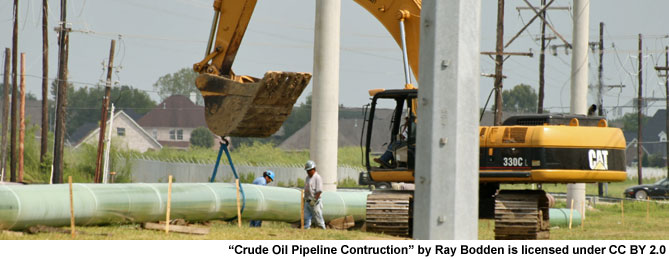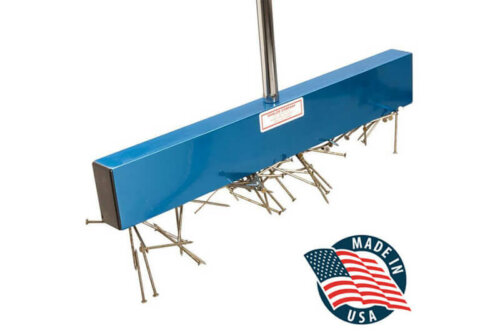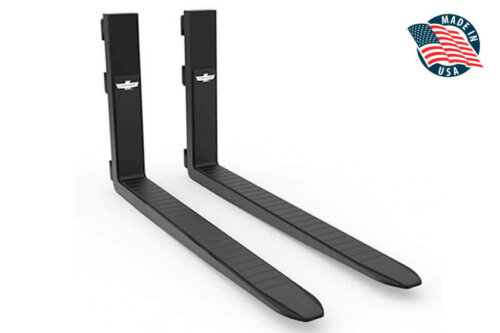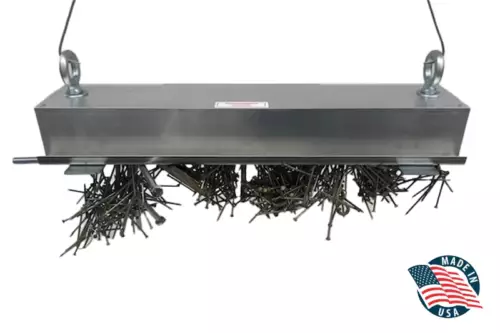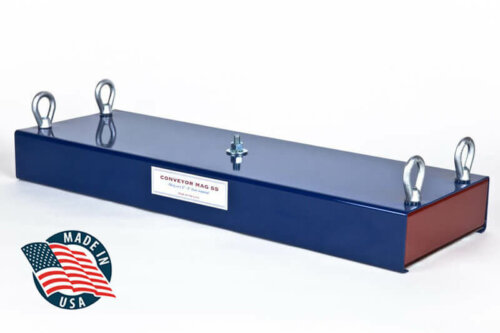
Anyone who lives in Sacramento, California is well aware of the massive demolition and transformation of the city’s downtown plaza into the impressive Entertainment and Sports Center (ESC), the new home for the NBA’s Sacramento Kings.
The arena is slated for completion in the fall of 2016. The center which takes up four city blocks is also expected to host college basketball games, concerts, ice shows, rodeos, trade shows and other indoor events. Additionally, the complex will be home to a 250 room hotel, retail and office space, as well as restaurants.
For those of us not close to the project, it’s an incredible case study in concrete recycling. Here’s a fly-over of the project while it was in its demolition phase in fall of 2014:
Here are three reasons why concrete recycling is a slam dunk:
- Cost savings: According to the American Concrete Pavement Association, recycling concrete from demolition saves the cost of transporting materials to a landfill (as much as $.25 per ton/mile) and also removes cost of disposal (estimated as high as $100 per ton). For the ESC project, more than 80,000 tons of concrete is expected to be recycled, according to Adam Barrows of Crete Crush, the company handling the concrete recycling for that project. Had the concrete not been recycled, disposal costs could be as high as $8,000,000!
- Fewer emissions: In circumstances where concrete can be crushed and recycled onsite, less fuel is spent on transportation, resulting in less air pollution. The EPA estimates that the total energy required to produce one ton of aggregate as 0.0429 million Btu.
- Landfill space is saved: The Construction Materials Recycling Association estimates that approximately 140 million tons of concrete are recycled in the U.S. each year. Disposing all of that concrete would take up an incredible amount of landfill space; approximately 426 football fields filled 100 feet deep. As landfill fees continue to increase, concrete recycling will become even more economically attractive. But currently, of the 2 billion tons of aggregate consumed annually, only 5 percent comes from recycled sources.
A vital component of efficient concrete recycling is a magnetic pulley. Magnetic head pulleys act as an insurance policy, removing all tramp iron as aggregate is broken down to a desirable size. Additionally, removing unwanted metal keeps equipment running smoothly, and projects on-time.



